The " Pi des Català " tower is one of the four defensive towers on the coast of the island of Formentera. They were built between 1762 and 1763 and were used for defensive purposes and mainly for surveillance until 1867


Restoration of the defensive tower in Formentera. The "Pi des Català" regains its original character
Built between 1762 and 1763, the " Pi des Català " tower on the coast of the island of Formentera, Spain, was restored for defensive purposes by the Marià Castelló Arquitecte studio
- #Europe
- #Spain
- #Historical Building
- #Culture and Services
- #Restoration
- #Stone
- #Metal
- #Architectures
- #Renovation
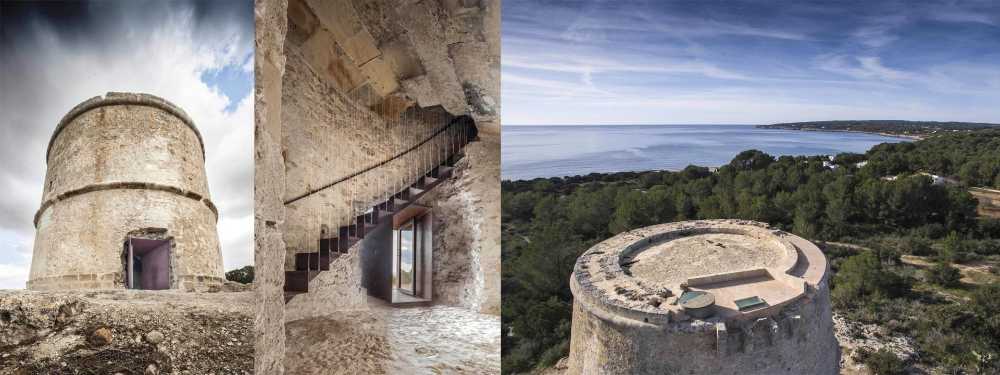
It is a building with a circular sole of 12.56 meters outside the diameter at the base. It has a truncated cone geometry and is divided into three levels. The ground floor includes a powder magazine and a larger room with the original stone staircase that connects with the main room and disappears whenever a hole used as a door during the 20th century was drilled

The original access door on the first floor was lifted from ground level for defense purposes and protected by a 'matacán' and a vertical duct. Originally, these two elements were protected by a small construction that left only its traces on the level of the floor
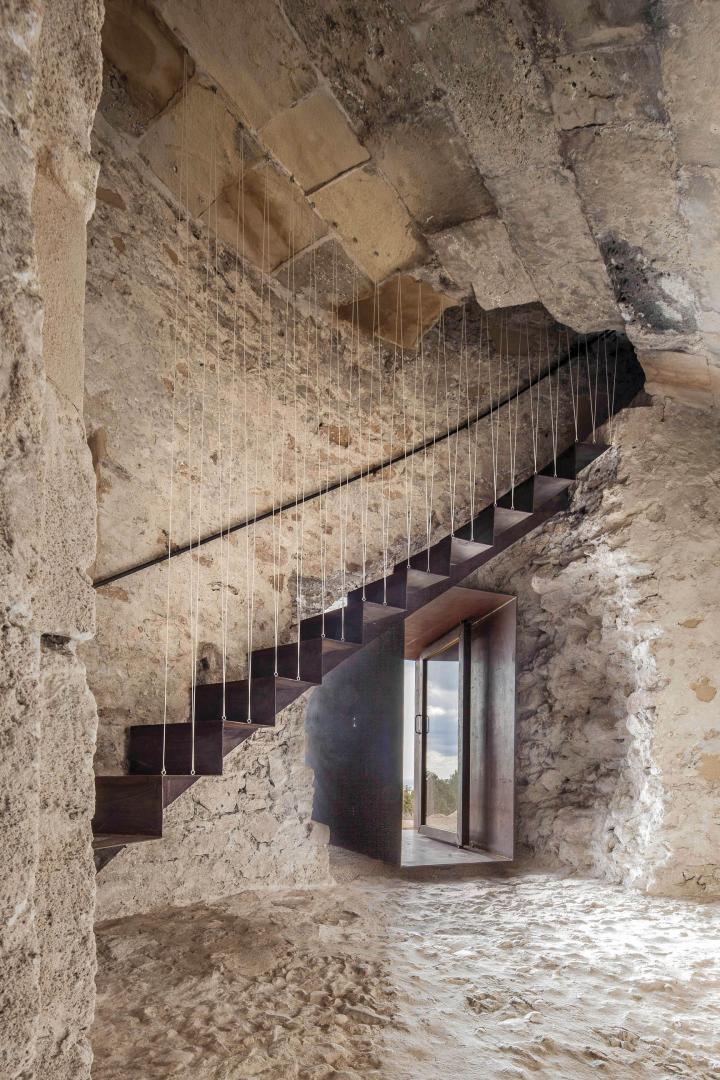
The platform is accessible by a spiral staircase. In order to ensure the overall integrity of the monument, as well as its character and identity, the project completed in 2016 was very selective and timely, involving only those parts that most endangered the lifespan of the building. To this end, preference was given to the limited range of original materials and the chronological and constructive authenticity of the implementation. Taking advantage of the existing hole in the eastern part of the ground floor, a door was installed, which makes this tower the only one on the entire island that can be accessed by visitors
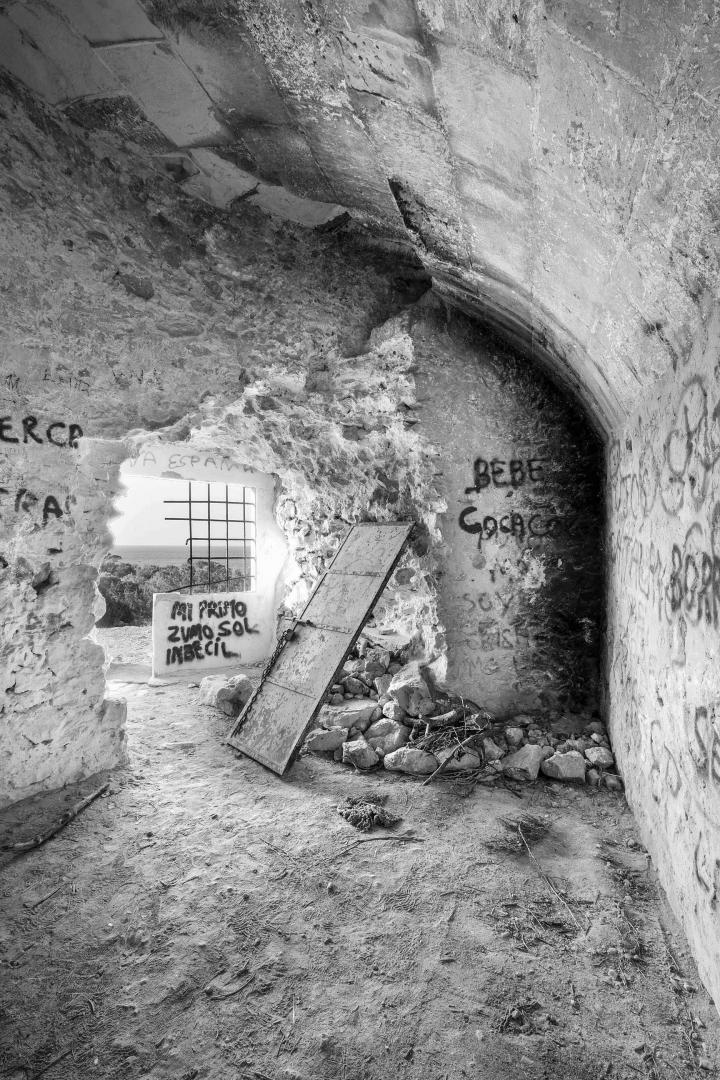
Although most of the materials used in the restoration are very similar to the originals, their implementation has clearly demonstrated the chronological differences between the original substrate and the intervention process. In this way, the local sandstone rustication does not obscure its precise unchanged geometry nor is it found in the original plan, still free from the erosion with which time has shaped the pieces that have been preserved until today
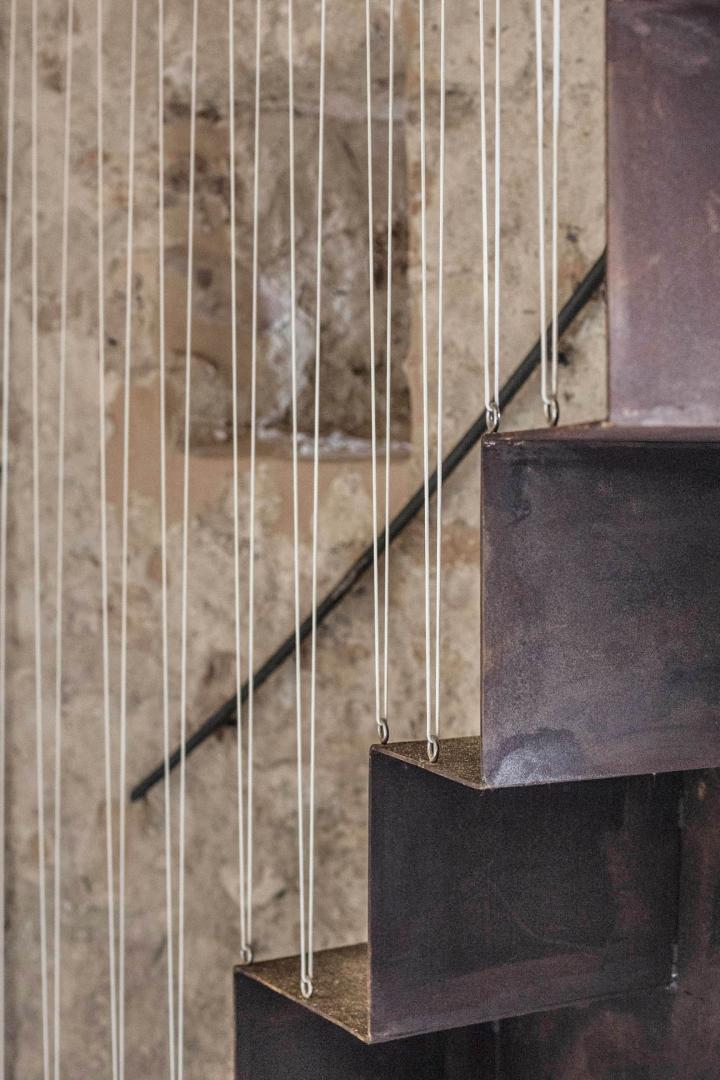
For the carpentry and other protective elements that did not exist at the time of the original construction, other materials such as Corten steel were used and were placed using the dry construction to further emphasize its contemporary and probably ephemeral nature

On the platform of the bridge, shrubs and other vegetation have been removed which has affected the water tightness. Even at this higher level, the imprint of the old "Garita" that protected the access to the bridge and from which the "matacan" could be used is still visible
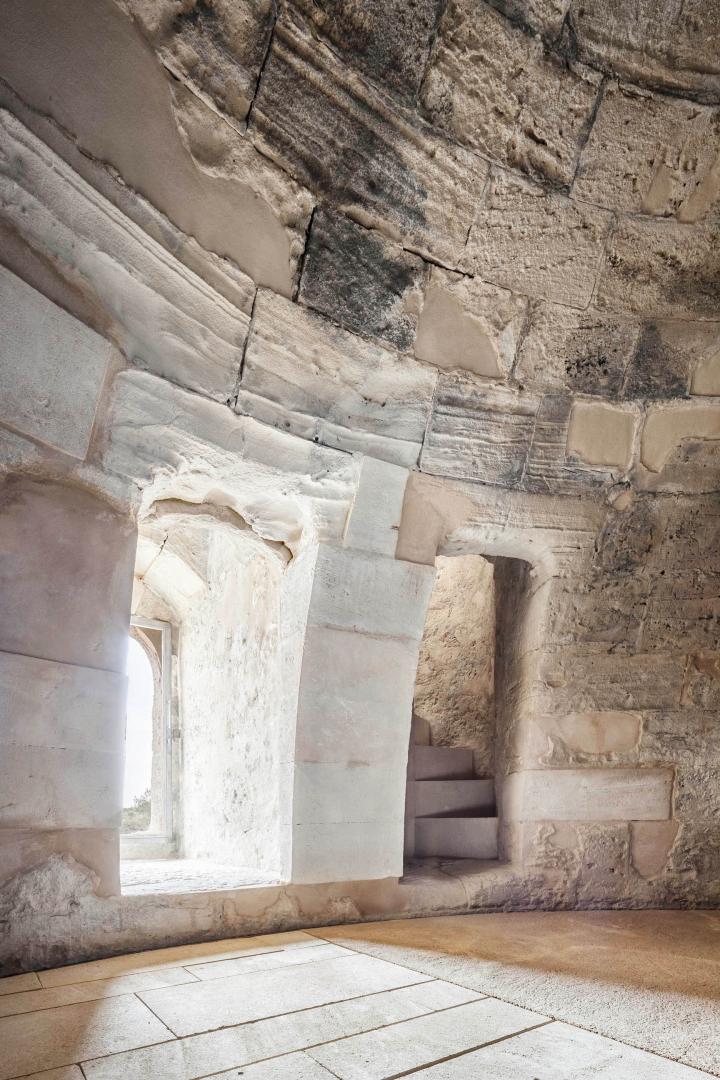
Gallery
Sulla piattaforma del ponte sono stati rimossi arbusti e altra vegetazione che ha compromesso la tenuta stagna. Anche a questo livello più alto, si voleva manifestare l'impronta della vecchia "garita" che proteggeva l'accesso al ponte e da cui si poteva usare il "matacan"
















